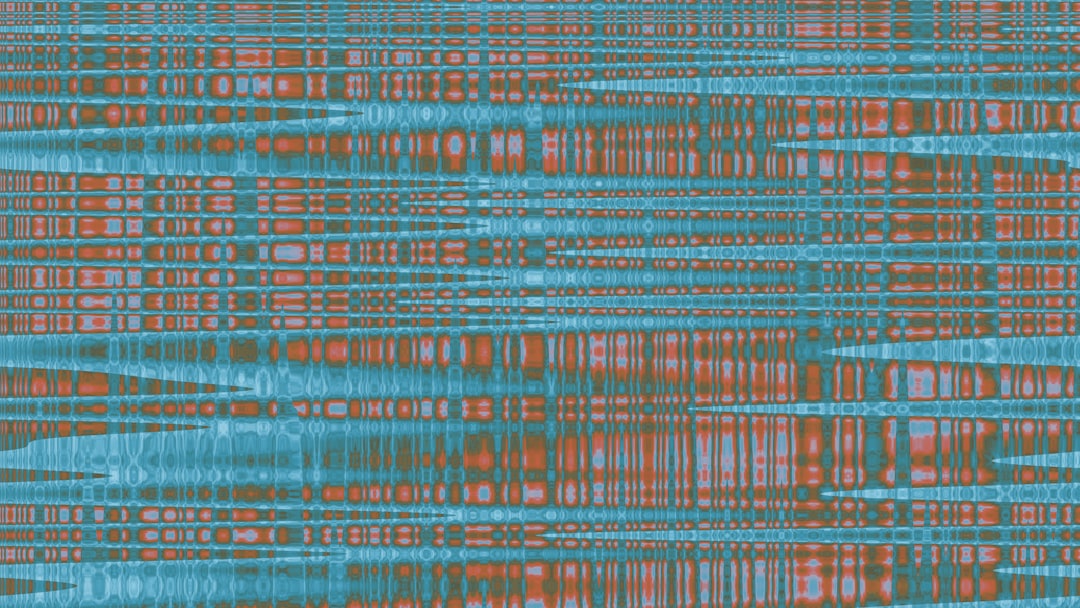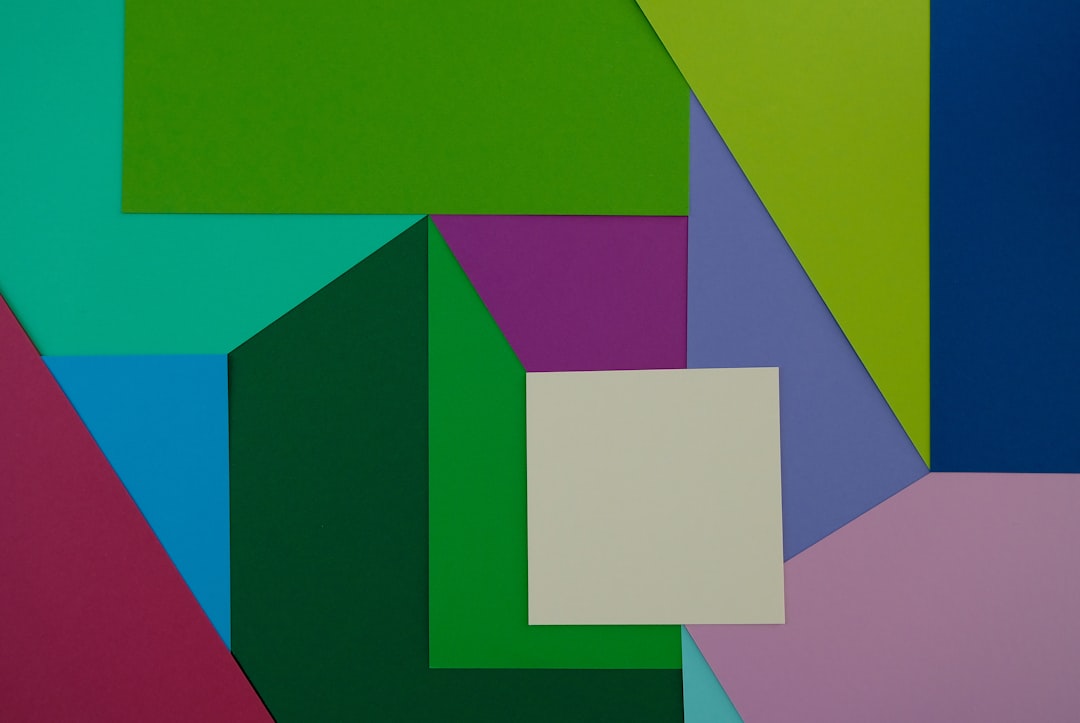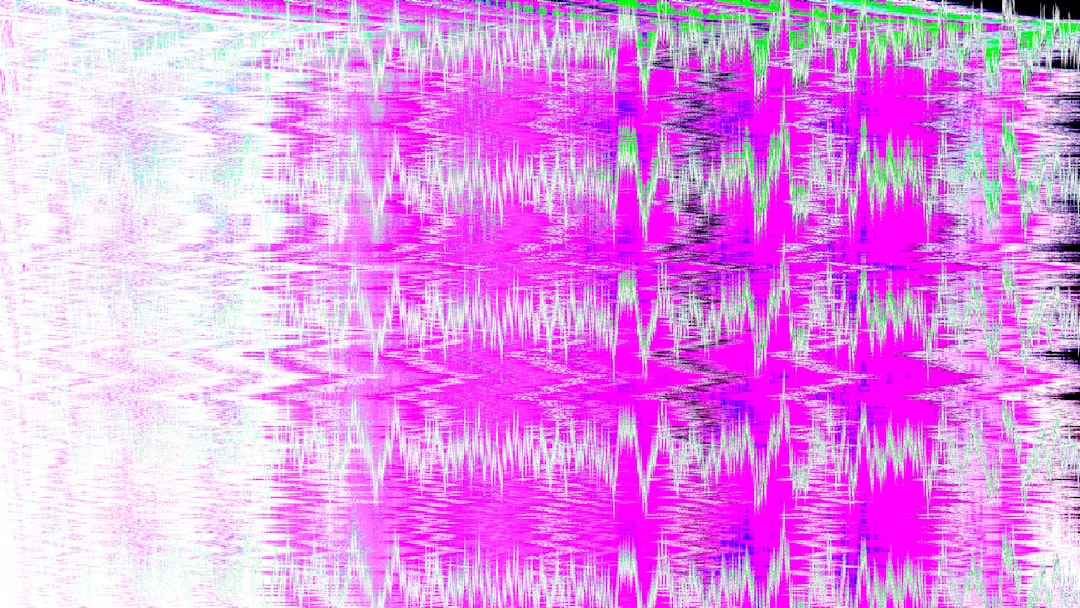In a world where minimalist design meets bold creativity, abstract and geometric logos offer a timeless and versatile style for businesses looking to leave a memorable mark. These logos blend clean shapes, symmetry, and artistic expression to communicate brand values in a powerful yet subtle way. For designers, the challenge is in capturing complex concepts using simple forms — and the right prompts can unlock endless potential.
TLDR: Abstract and geometric logo marks are essential for modern branding, offering balance, structure, and originality. This article presents 14 creative prompts to inspire designers when crafting logos that rely on shape, pattern, and minimalism. Learn how to spark imaginative concepts with circles, grids, symmetry, or impossible shapes. Plus, check out the FAQ for ideas on tools, use cases, and conceptual tips.
1. The Concentric Circle Challenge
Encourage experimentation with multiple concentric circles of varying weights, textures, or spacings to create a sense of depth, motion, or identity orbit. This concept often conveys unity and evolution. Use clean grayscale palettes or gradients for maximum sophistication.

2. Grid Disruption
Start with a strict grid and selectively disrupt it. Break lines, rotate sections, or center unexpected elements. This approach symbolically represents innovation within systems or creative freedom within structure — great for tech or architecture brands.
3. Impossible Geometry
Draw from Penrose triangles or Escher-style illusions to form illusions that provoke thought and curiosity. These intricate shapes can communicate complexity, cleverness, or futurism.
4. Nested Shapes
Design a logo where different geometric shapes are nested inside each other — squares within circles, triangles within hexagons, etc. Emphasize contrast in shape and color to highlight layers of meaning, useful for brands focusing on multi-level solutions.
5. Negative Space Play
Abstract logos succeed when they do more with less. This prompt uses geometric shapes arranged to carve recognizable or suggestive imagery in the negative space. Think arrows, letters, or symbols “hidden” in plain sight.
6. Organic Meets Geometry
Incorporate one flowing, organic shape into an otherwise geometric design. The contrast can symbolize the harmony of nature and technology or tradition and innovation.

7. Circle Slicing
Use full circles as a starting point and introduce clean, symmetrical cuts to divide and reposition the parts. This technique offers dynamic movement and sharp contrast for industries like energy, finance, or esports.
8. Symmetry and Reflection
Design a mark that builds around symmetry — either perfect symmetry for stability or near-symmetry for a more playful aesthetic. Include mirrored elements to evoke duality or reflection.
9. Cubism-Inspired Abstraction
Dive into cubist abstractions with fragmented planes and layered flat perspectives. Use angular forms and overlapping geometric elements to create a mark that feels textured but minimalist — great for culture, education, or art institutions.
10. Single Line Illusion
Create a full logo using a single, continuous line. Incorporate twists, overlaps, and intersections to form illusions of depth or unity. This minimalist technique communicates continuity and elegance.
11. Rotational Symmetry
Craft a logo that rotates around a central axis, such as a pinwheel, radial star, or stylized mandala. Rotational balance can convey equilibrium, time, and sustainable growth.
12. Hollow Geometry
Instead of using solid shapes, experiment with outlined or “hollow” geometric forms. Let spacing and negative areas carry the design weight. Hollow geometry often feels futuristic and light, making otherwise rigid logos feel breathable.
13. Isometric Perspectives
Use isometric projection to give flat logos a 3D illusion. This is highly effective for construction, SaaS, or data companies that need a precise yet artistic representation of their solutions.
14. Symbolic Geometry
Choose a shape with symbolic meaning — a triangle for innovation, a square for stability, a circle for unity — and abstract it through pattern, overlays, or subtraction. This allows deep messaging while keeping a minimalist aesthetic.
Why Abstract and Geometric Logos Work So Well
These styles strip away excess and connect with audiences on a subconscious level. Geometric shapes have psychological associations that help communicate messages instantly — circles are inclusive, triangles are dynamic, and squares are balanced. Meanwhile, abstraction invites interpretation and curiosity, key for modern luxury, tech, fashion, and consulting brands.
Designers often favor these marks because they’re highly scalable, memorable, and easy to animate. With fewer design elements to distract or date the mark, logo evolution becomes easier without compromising brand recognition.
FAQ: Abstract and Geometric Logo Design
-
Q: What software is best for designing abstract or geometric logos?
A: Adobe Illustrator is the industry standard due to its vector precision, but tools like Figma, Affinity Designer, and CorelDRAW are also great alternatives. -
Q: How do I ensure my geometric logo doesn’t feel cold or impersonal?
A: Incorporate curves, color theory, or organic shapes to soften the design. Typography choice and branding context also influence perception. -
Q: Can abstract logos work for small businesses?
A: Absolutely. Abstract icons can convey professionalism and vision, especially when paired with a clear brand story and tagline. -
Q: How do I test if my abstract logo communicates effectively?
A: Conduct A/B testing with audiences, ask for emotional responses without explanation, or test recognizability at multiple sizes. -
Q: Are these logo styles appropriate for legacy or traditional brands?
A: Yes, if done thoughtfully. Using abstract or geometric forms with traditional color palettes or symbolism can modernize legacy without losing heritage.
With the right prompt and design mindset, abstract and geometric logos can elevate brands into iconic visual territory. Whether you’re sketching your first wireframe or refining a final vector, let these prompts push you creatively while maintaining clarity and purpose.
 logo
logo


